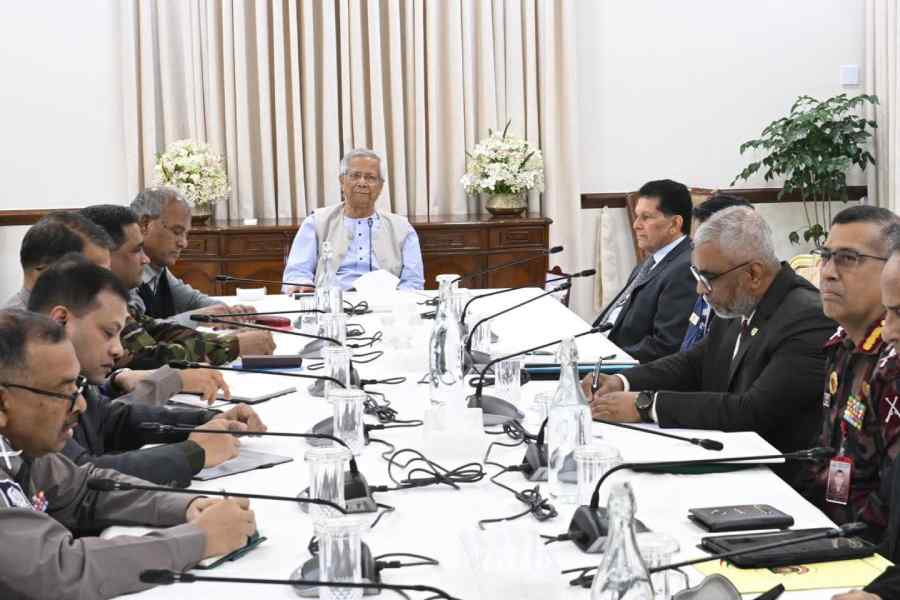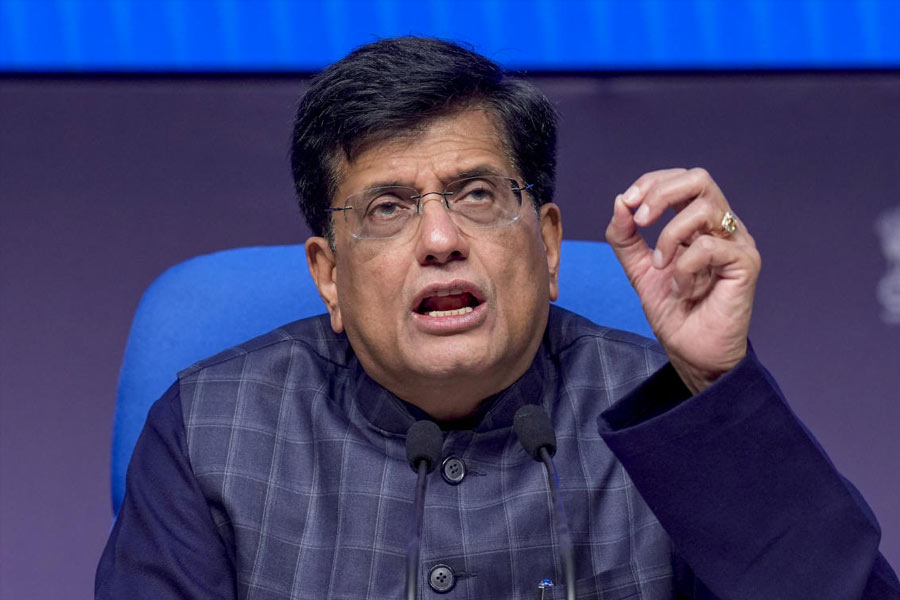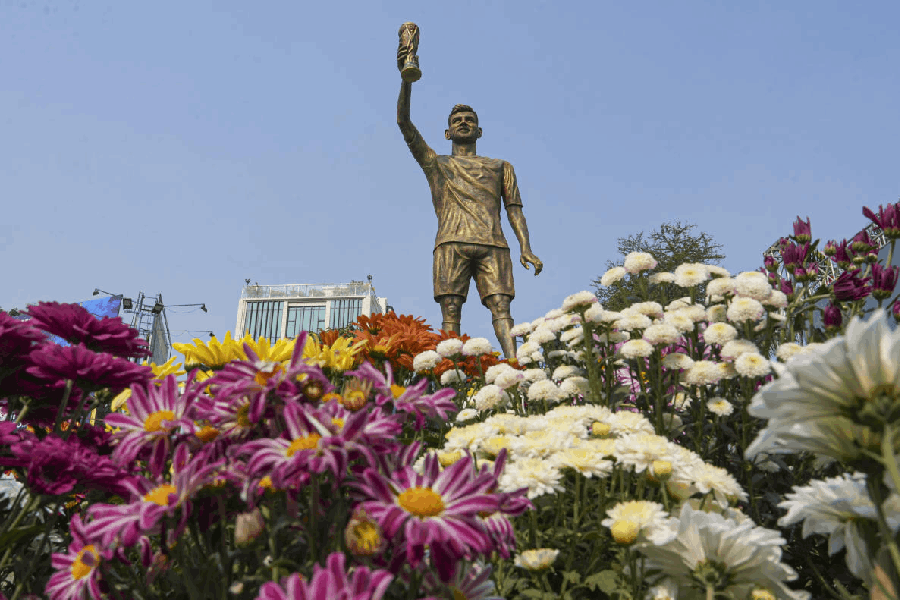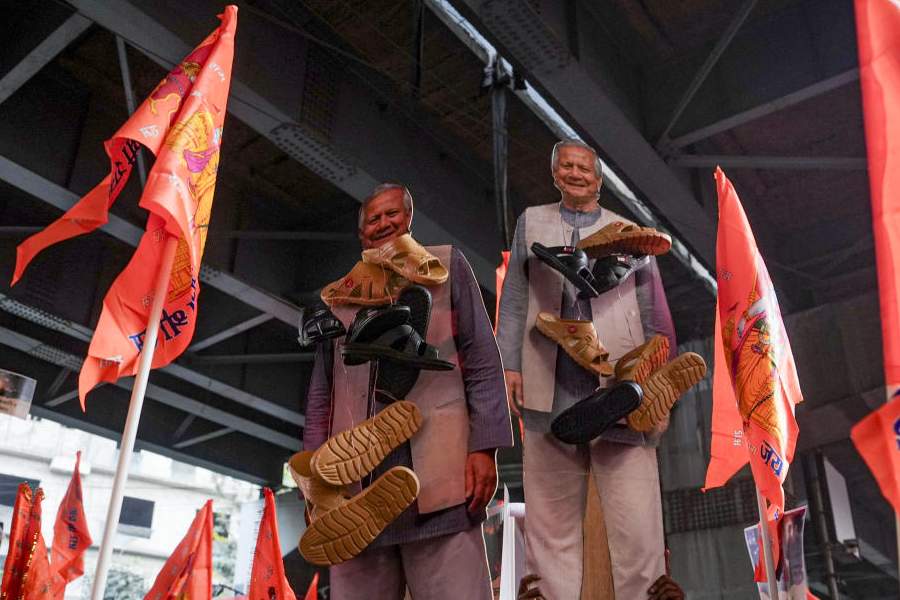 |
The Furtado School of Music has hit the high notes immediately after opening in July. In double-quick time it has enrolled 100 students of all ages and has them practising their scales enthusiastically. “The emphasis is on having fun while learning an instrument,” says co-CEO Tanuja Gomes,
Cut to Chennai where Oscar-winning composer A.R. Rahman’s KM Music Conservatory (KMMC) opened in 2008 has over 300 students making music on everything from violins to violas, pianos and even the Western flute.
Travel across Asia and you’ll find that star piano players and violinists are emerging from countries like Korea and Japan. Now Western music is striking the right chords in India and youngsters are flocking to music schools that are proliferating across metropolitan India. “The exposure to Western music that technology (read music channels, MP3 players and YouTube) gives youngsters today goes a long way in motivating them,” says Arup Mitra, joint head of Western music, Calcutta School of Music (CSM).
 |
| Digital pianos with a special software make music lessons fun for very young students at Mumbai’s Furtado School of Music ; Pic by Gajanan Dudhalkar |
Take a look at two of India’s oldest Western music institutes — CSM and the Delhi School of Music. Each has over 700 Western music students and more on the waiting lists. And the bursting-at-its-seams Bangalore School of Music is building eight new teaching studios to take in as many as possible of the 150 students on its waiting list.
In Furtado’s canary yellow studio, batches of four- to seven-year-olds learn their keys on digital pianos accompanied by monitors fitted with a piano learning software called Children’s Music Journey. A bird pops up when the piano player hits a high note and a whale appears for a low one. There’s also gentle feedback if the aspiring young musicians get their scales wrong. For eight-year-old children and above, there’s the Piano Suite Premier software.
Some schools have focused on a handful of instruments. The two-and-a-half year old Kolkata Music Academy, for instance, specialises in string instruments though it also teaches the piano. Says Abraham Mazumder, the academy’s principal: “String instruments are an important part of an orchestra and since most students in the academy aim to join one, the choice is obvious.”
 |
| Students of The Performers Collective School of Music, Gurgaon, regularly participate in concerts and workshops to hone their skills ; Pic by Jagan Negi |
The instruments taught in these schools range from the saxophone, recorder to cello and drums though the guitar, piano and violin are by far the most popular . And while there’s a growing crop of older people, even senior citizens, joining these institutes, most students are below 25. Inevitably, the largest chunk is school students egged on on by parents.
There’s another group of youngsters who turn up because they want to play rock music. Take a look at 25-year-old Jerry Silvester Vincent, who with two other KMMC ex-students composed the background score of an American indie film The Art of Power in 2009. Says Vincent, who studied in Pondicherry’s Sri Aurobindo International Centre of Education, before proceeding to KMMC: “My friends in Pondicherry wanted to learn western instruments to play in metal, pop and jazz bands.”
“The guy with the guitar is always the hero at college fests,” adds Dicky Braganza, co-owner of Braganza & Co., one of Calcutta’s oldest Western instruments stores. The store, which also rents out pianos, has seen a growing demand for all types of instruments especially digital pianos, synthesisers and guitars.
To measure the progress of their students, most schools have them sit for examinations conducted by the Associated Board of the Royal Schools of Music or the Trinity Guildhall School of Music. “This opens up vistas like music direction, professional performances and teaching,” says Devjani Mitra, the administrator of CSM, which also offers degrees from the University of West London.
Some schools are less enthusiastic about the examination process. The Delhi School of Music, for example. Similarly, at the School of Symphony in Delhi that was founded in 2003, there are doubts about the regimented exam system. “Exams don’t develop skills like improvisation, composition and arrangement,” says Shivam Khare, director.
 |
 |
| The Calcutta School of Music (above), Pic by Rashbehari Das and the Delhi School of Music are among the country’s oldest Western music institutes with over 700 students each, Pic by Rupinder Sharma |
Obviously, most students who sign up to learn an instrument are thinking of music as a hobby rather than a career. But there are options opening up for youngsters who are prepared to persevere. There are new orchestras, for instance, like The Symphony Orchestra of India and the India Youth Orchestra (formed in 2006 and 2010 respectively) where talented instrumentalists can look at a future in music without going abroad.
And these orchestras are getting more ambitious too. The Symphony Orchestra became the country’s first fully professional orchestra to go international — it performed at the Fifth Festival of the World’s Symphony Orchestras in Moscow last year. On the other hand, the India Youth Orchestra was formed by Vijay Upadhyaya, director of the Vienna University Orchestra.
What’s more, these schools are buzzing with activity in terms of student concerts, music festivals and workshops. The Bangalore School of Music hosts East West Musical Encounter, a 10-day cross-cultural festival with performances by Indian and foreign musicians. At a different level, the CSM hosts over 24 concerts in a year.
The Performers Collective School of Music, Gurgaon, has five Western music concerts by students in a year. These include the Annual Summer Concert in which student bands play pop and rock numbers and the Annual Winter Concert for Western classical music. They also have workshops by visiting artistes like New York-based jazz musician and composer Rory Stuart. In the last year, the strength of the school, founded in 2002, has gone up from 350 to 400.
Some students are also picking up the basics even before arriving at the schools. Many are learning to play instruments by watching YouTube coaching videos before joining a music school. Teachers say that the youngsters who’ve learnt on YouTube are frequently very motivated. However, Mitra and KMMC’s senior manager Jyoti Nayar both say that having a music teacher is imperative. Nevertheless, Mitra himself often uses YouTube clippings while teaching some complicated pieces.
Will the music schools produce world-class musicians in the not too distant future? That day shouldn’t be too far off.










